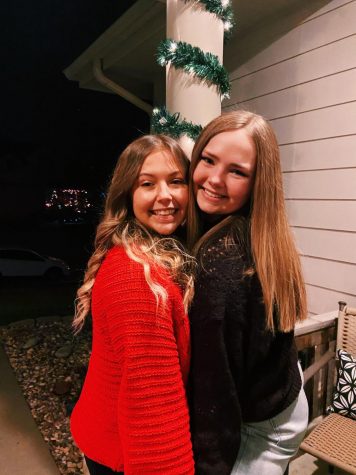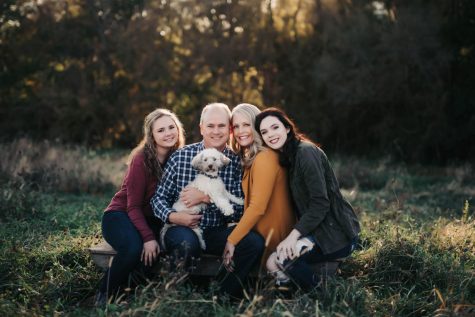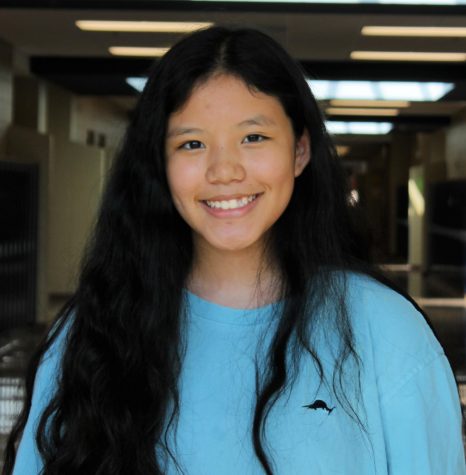More Than Meets the Eye
Living with a hidden disability

Julia Berglund is 16 years old. Like any other teenage girl, she loves her dogs, friends, and coffee. She likes to do her work in the mornings and enjoys math and science. Despite her current workload, she still makes time to take psychology courses at Metro Community College. From this description, Berglund sounds like an over-achieving, star student with a bright future in front of her. And she is. But unlike other over-achieving Elkhorn students, Berglund also suffers from a hidden disability, called Ehlers Danlos Syndrome.
“I was diagnosed with EDS in the fall of 2016,” said Berglund, “My mom and sister also have it and were diagnosed a year before me.”
EDS is a genetic disorder that affects the production of collagen, a type of protein found in the skin and other connective tissues. As connective tissue is found all over the body, symptoms vary in severity.
“I also have a lot of secondary issues, including sensitivities to chemicals, migraines, low blood pressure, chronic pain, and muscle spasms.” said Berglund.
But the pain isn’t the only toll that EDS has taken on Berglund’s life. According to Laura Kiesel of Harvard Medical School, a majority of people are diagnosed with EDS later in their life. Berglund is an exception to this fact, with her condition being diagnosed at age 12.
“I feel like I had to grow up really fast because I was already dealing with a lot at such a young age.” said Berglund.

To many teenagers, a social life is the most crucial and critical part of one’s existence. Friends, parties, the teenage dream, are some things that have suffered due to Berglund’s diagnosis.
“Socially, sometimes I am not able to participate in things if they require a lot of energy and physical activity,” said Berglund, “I also have to stay home from plans and rest if I am in a really bad flare up, which is never fun.”
And while just the idea of losing one’s social life is frightening to most, Berglund has been able to see the bright side of things..
“My disease doesn’t define me,” said Berglund, “My actions, how I live, what I choose to do each day are what makes me, me.”



